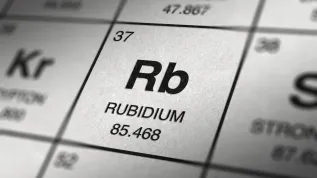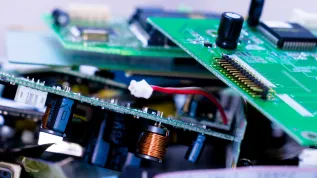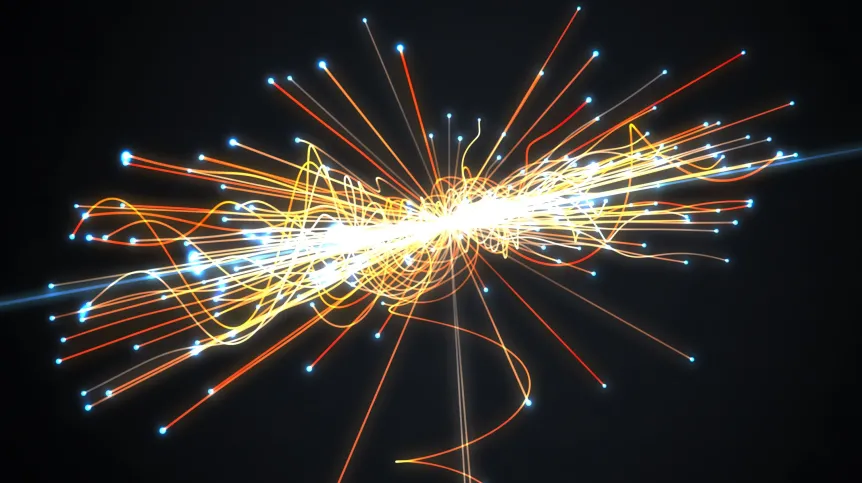
A modified photosensitive CMOS matrix, an part of a smartphone camera, works well as a particle detector, e.g. for detecting the annihilation of antimatter. This is good news: particle detectors can be smaller, more accurate and cheaper, the team from CERN with the participation of Polish scientists demonstrated.
The AEgIS team from CERN, which also includes Polish physicists (cern-aegis.pl), was looking for a way to more precisely determine the place of annihilation - the collision of matter and antimatter. The researchers noticed that a slightly modified photosensitive CMOS matrix used in smartphones is great for detecting such processes. It is more precise and cheaper than traditional particle detectors, so why not use it?
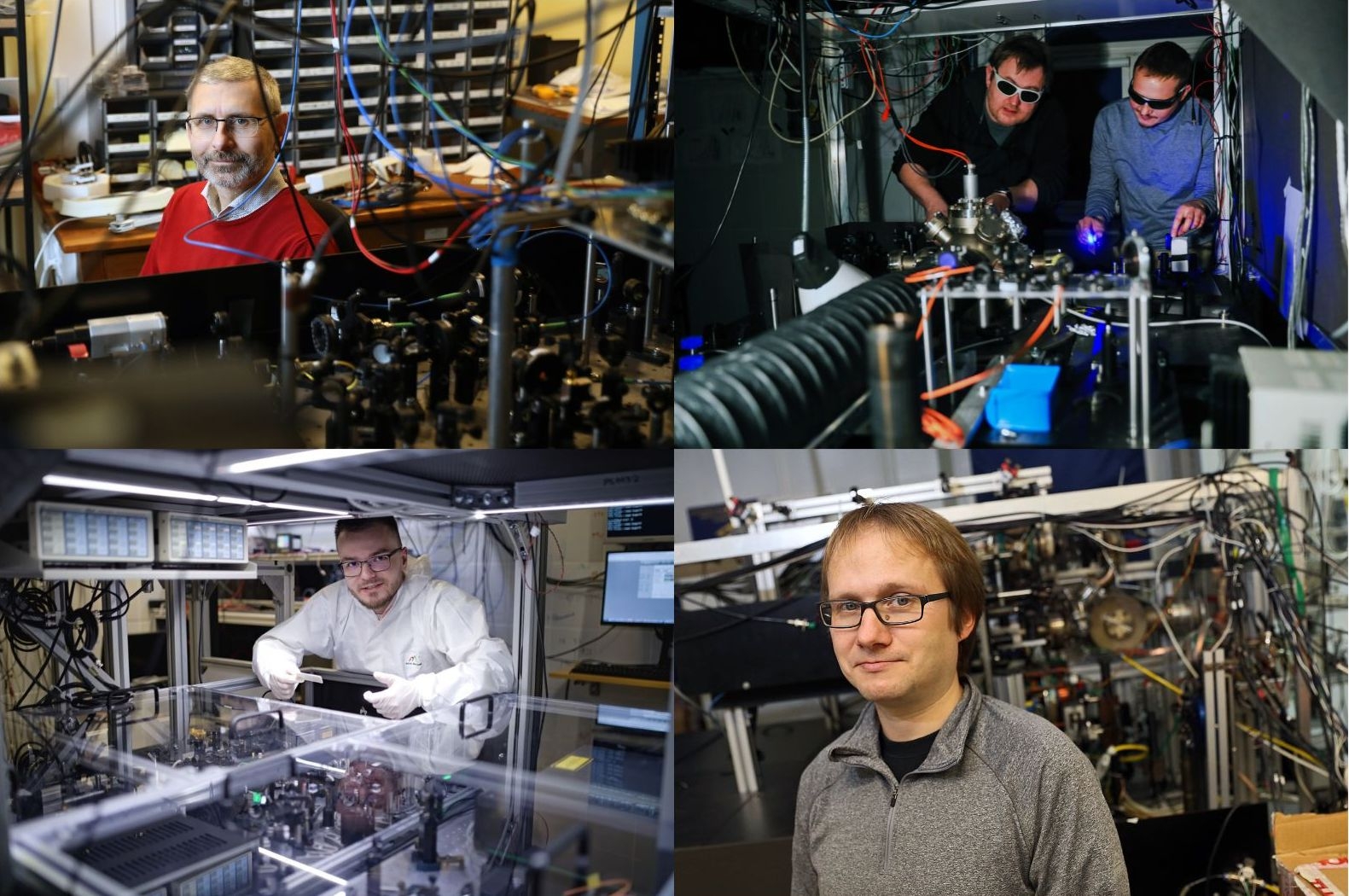
The scientists used a commercial CMOS chip, which is a photosensitive component of a smartphone camera. This chip has a much better resolution than the silicon detectors typically used in large experiments. It turns out that in order for it to effectively collect information about particles, it only needs to be slightly modified. Then, a single matrix was created from several dozen such matrices, forming a large detector. The results of the work were published in "Science Advances".
'The AEgIS research team has built a unique detector that is thousands of times cheaper than silicon detectors manufactured specifically for such research. In addition, our detector has a much better resolution and allows to analyse of particle collisions in real time', explains Professor Mariusz Piwiński from the Institute of Physics at the Nicolaus Copernicus University, a member of the AEgIS team.
In professional silicon detectors, a high-energy particle passing through a layer of a semiconductor (silicon), leaves a trace in its electronic structure, similarly to an airplane leaving a trail in the sky. By analysing such this trace, scientists can determine where the particle collision occurred and what kind of particles took part in it. CERN has created huge databases of traces left in silicon by various particles.
It turns out that silicon-based smartphone matrices also can register when a high-energy particle passes through them. And the data about this trace is recorded in real time. In addition, the traces left by the particles are the same as in previous detectors. There is no need to build a new database of traces to use the capabilities of 'smartphone' detectors,.
In the existing detectors, a single square pixel is about 30 micrometers in size. In a CMOS matrix, a single pixel is smaller than 1 micrometer. It will therefore be possible to record events with even greater accuracy.
'To have better cameras in smartphones, better matrices are needed. We already have a well-known technology for producing photosensitive systems that have tiny pixels, are based on silicon, and in addition are miniature, because they fit in the phone's casing', says Professor Mariusz Piwiński from the Nicolaus Copernicus University.
He explains that smartphone matrices are not manufactured with detecting particle annihilation in mind, but they can be adapted for this purpose. He explains that, for example, elements that serve as microlenses are sputtered onto the smartphone matrix. Scientists had to remove these elements to expose the photosensitive element.
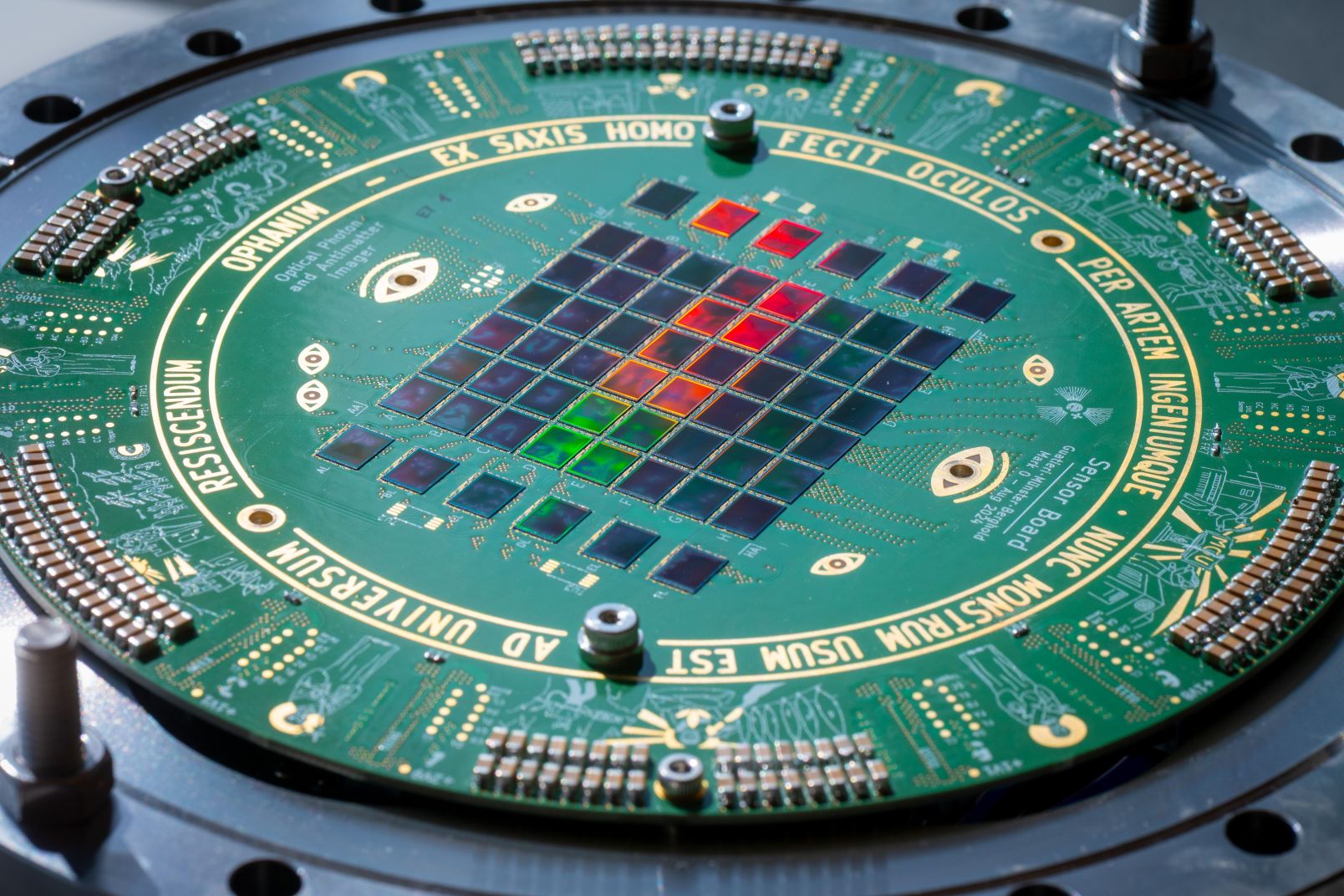
The size of the matrix is small: 3.7 mm by 2.8 mm, but if several dozen such components are arranged next to each other, it is possible to build a matrix that will cover a suitably large surface.
ANTIMATTER IS FALLING
Scientists in the AEgIS experiment investigate how gravity affects antimatter.
Antimatter particles can be treated as 'mirror images' of matter particles. For example, an electron is a particle with a negative charge, and its corresponding antimatter particle - a positron - has the same mass, spin, but a positive charge. When these two objects meet, annihilation occurs: the conversion of their mass into energy in the form of high-energy photons (according to Einstein's famous formula E=mc2).
As part of the AEgIS project, scientists investigate whether the acceleration with which antihydrogen atoms fall to Earth - a planet made of ordinary matter - is exactly the same as the acceleration of gravity for hydrogen atoms. Our current state of knowledge and technology allows us to create and study antihydrogen in laboratory conditions.
HYDROGEN FALLS DOWN WHEN IT HAS NO OBSTACLES
Does hydrogen fall to Earth? It does, but in Earth's conditions, hydrogen molecules in the air are displaced upwards by heavier nitrogen and oxygen molecules.
Although a balloon (or airship) filled with hydrogen rises upwards, it does not escape Earth's orbit. And in a vacuum chamber, when there is no buoyancy effect, hydrogen atoms actually falling to Earth can be observed. Scientists want to investigate whether antihydrogen atoms behave exactly the same way. The observed possible differences may help answer many important questions about the structure and occurrence of matter in the Universe.
In a vacuum, atoms move along paths that can be precisely described. Therefore, an antihydrogen atom released horizontally in a laboratory vacuum chamber - if it does behave like its material counterpart - should fall several dozen micrometers over a distance of several meters, due to gravity. Of course, it ultimately depends on the time of its flight, i.e. the speed at which it will move. For us, it is next to nothing, but for scientists - a lot. They are able to record this with precise detectors. And such detectors with even better resolution are needed to verify it.
Professor Mariusz Piwiński explains that for now, CMOS matrices have been used to detect the place of annihilation of antiprotons, but he hopes that the idea will be taken up in other experiments to detect the annihilation of other antimatter particles.
As a result, smaller, cheaper, more accurate particle detectors could be created. Why are the particle detectors used at CERN so huge? In this type of experiment, researchers need detectors that collect information about the place where the annihilation occurrs. And the resolution of silicon detectors is limited. In order to fit a lot of pixels around the collision site, the matrix must be moved away from the centre. If the pixels are smaller (as in CMOS matrices), they can be moved closer to the collision site.
The AEgIS project at CERN involves Polish scientists from the Warsaw University of Technology, the Institute of Physics of the Polish Academy of Sciences, Nicolaus Copernicus University in Toruń and the Jagiellonian University.
Ludwika Tomala (PAP)
lt/ zan/

